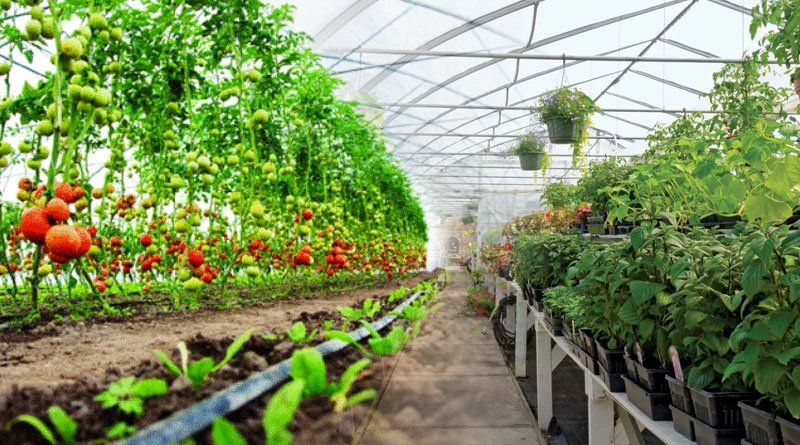The focus should be on developing staple foods, grains, & other cash crops because Pakistan has potential to grow a wide variety of crops due to its diverse climate, said Mir Murad.

“Cultivation of horticultural crops in urban and peri-urban areas will change the way people eat fruit and vegetables, and this will not only lessen our reliance on conventional agricultural produce, but the guaranteed high-quality food through horticultural crops will boost farmers’ earnings,” said Mir Murad Ali Talpur, Chairman of the Pakistan Business Forum (PBF) in Sindh.
The focus should be on developing staple foods, grains, and other cash crops because Pakistan has the potential to grow a wide variety of crops due to its diverse climate, he continued.
In order to ensure supply freshness and quality for urban areas, Mir Murad Ali Talpur claimed that because horticultural products were so perishable, improved infrastructure, storage facilities, an efficient transportation system, and an efficient distribution system were necessary.
This might result in an increase in cost to final consumers. However, the UPH could offer the opportunity closer to areas of consumption by introducing technologies that individual families could manage, and supply chain management for horticultural products could be organised.
He claimed that because conventional farming required too many inputs and resulted in numerous pre- and post-harvest issues, the yields were of low quality.
Integrated disease and pest management, organic cultivation using biological resources, kitchen gardening, minimal or no tillage, high-density planting, bio-fertilization, fertigation, drip irrigation, protected cultivation such as greenhouses and tunnels, and the use of hybrid seeds and improved cultivars are just a few of the new horticultural technologies, according to him, that have the potential to significantly increase Pakistan’s fruit and vegetable production.
“If you look at the price and production statistics of the last few years, you can observe that certain horticultural products have higher prices during a specific time of year when the supply and demand balance is out of whack because of low or no production,” he claimed.
It is important to note that food security is a major issue in developing nations like Pakistan, which has a population of 220 million people and is expanding at a rate of 3% per year.
Pakistan was severely impacted by climate change as recent flash floods washed away standing crops and agrarian yields, despite the fact that a growing population demands more food. The country had to import a number of necessary food commodities during the current fiscal year due to the shortage of vegetables and other commodities caused by it.
Second, Pakistan’s import bill was rising automatically as a result of frequent currency rate fluctuations, which not only resulted in an unusual price increase for food and other necessities but also created a number of financial constraints. The situation may persist for the upcoming years, according to experts from the Pakistan Business Forum (PBF).
Climate change and unpredictability have a negative impact on conventional agricultural cropping patterns, leading to the need for modern techniques such as horticulture. Horticulture is more cost-effective and productive than conventional crops, providing higher net returns per unit of land and income to farmers facing economic risk.
Urban and Peri-urban Horticulture (UPH) is an essential component of the agricultural production system, with an emphasis on creating employment, food security, and income for the poor in urban areas. Promotion of horticulture could help overcome food insecurity and other economic constraints.
PBF Vice President Jahanara Wattoo quoted figures from the World Food Program showing that 48% of Pakistanis were food insecure, with FATA having 67.7%, Balochistan having 61.2%, and KP having 56.22%.
The Integrated Food Security Phase Classification (IPC) found severe food insecurity in 10 Pakistani districts and crisis-level food insecurity in 28 other districts. Food insecurity had also been severe in the Thar region of Sindh due to an ongoing drought. Pakistan’s analysis of its food security revealed an alarming situation, with limited availability of food for residents of 56 districts.
Jahanara Wattoo estimated that 70% of the population was directly or indirectly associated with the agriculture sector, with only 6% of the land under cultivation dedicated to horticultural crops. Vegetables made up 17% of the total area, with potatoes making up 17%, chillies 15%, onions 12%, and 30 different kinds of vegetables.
